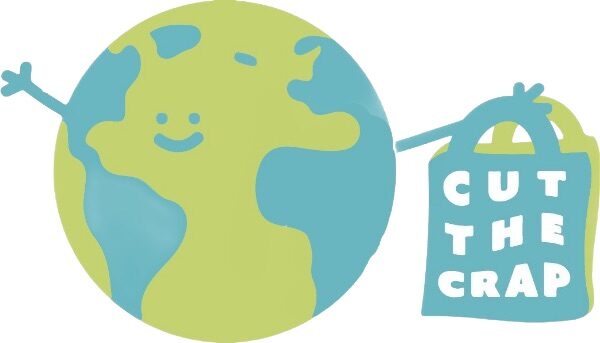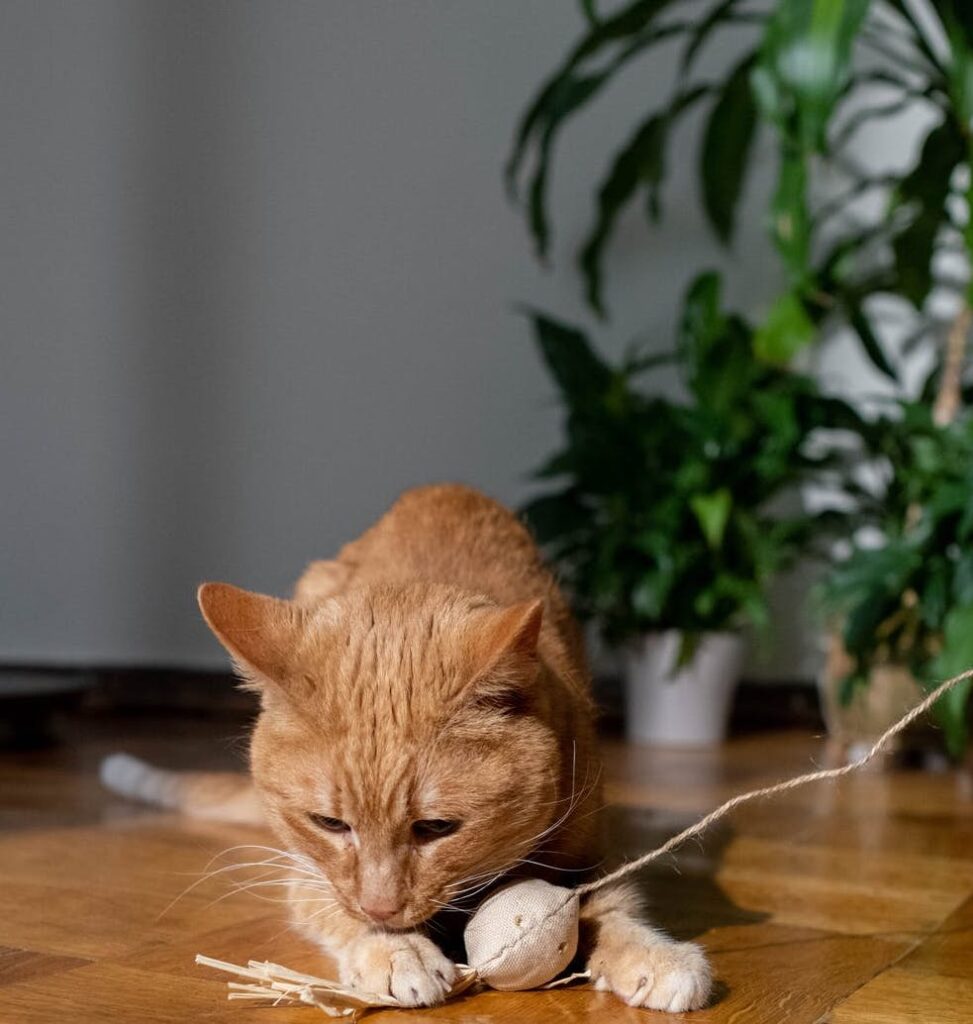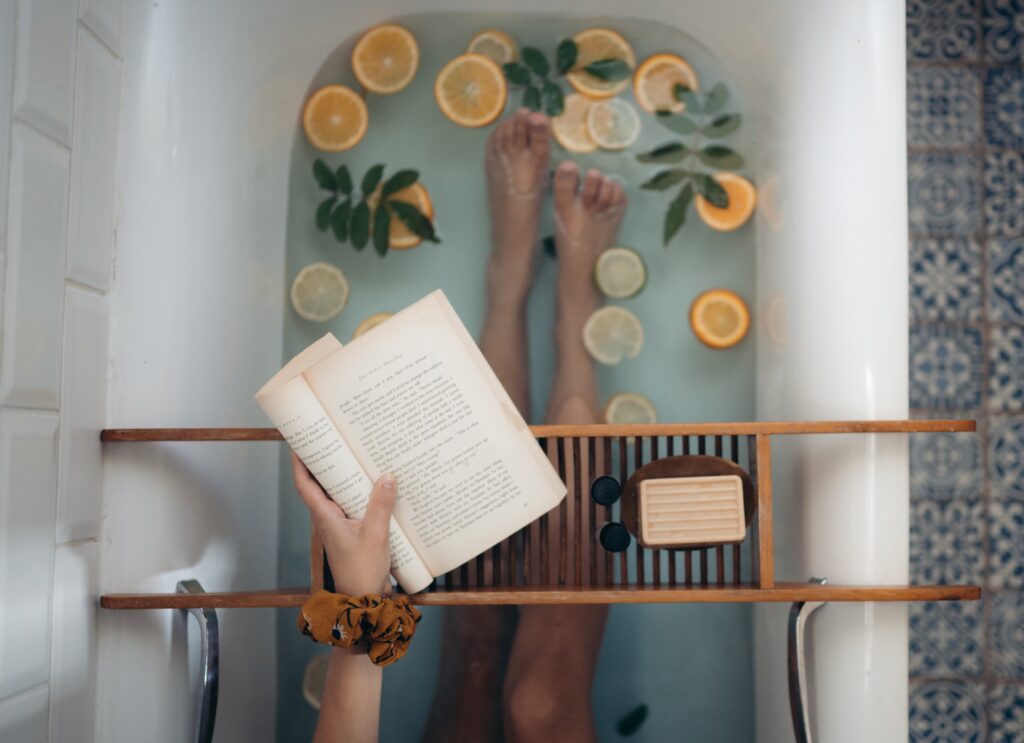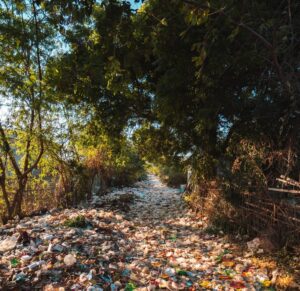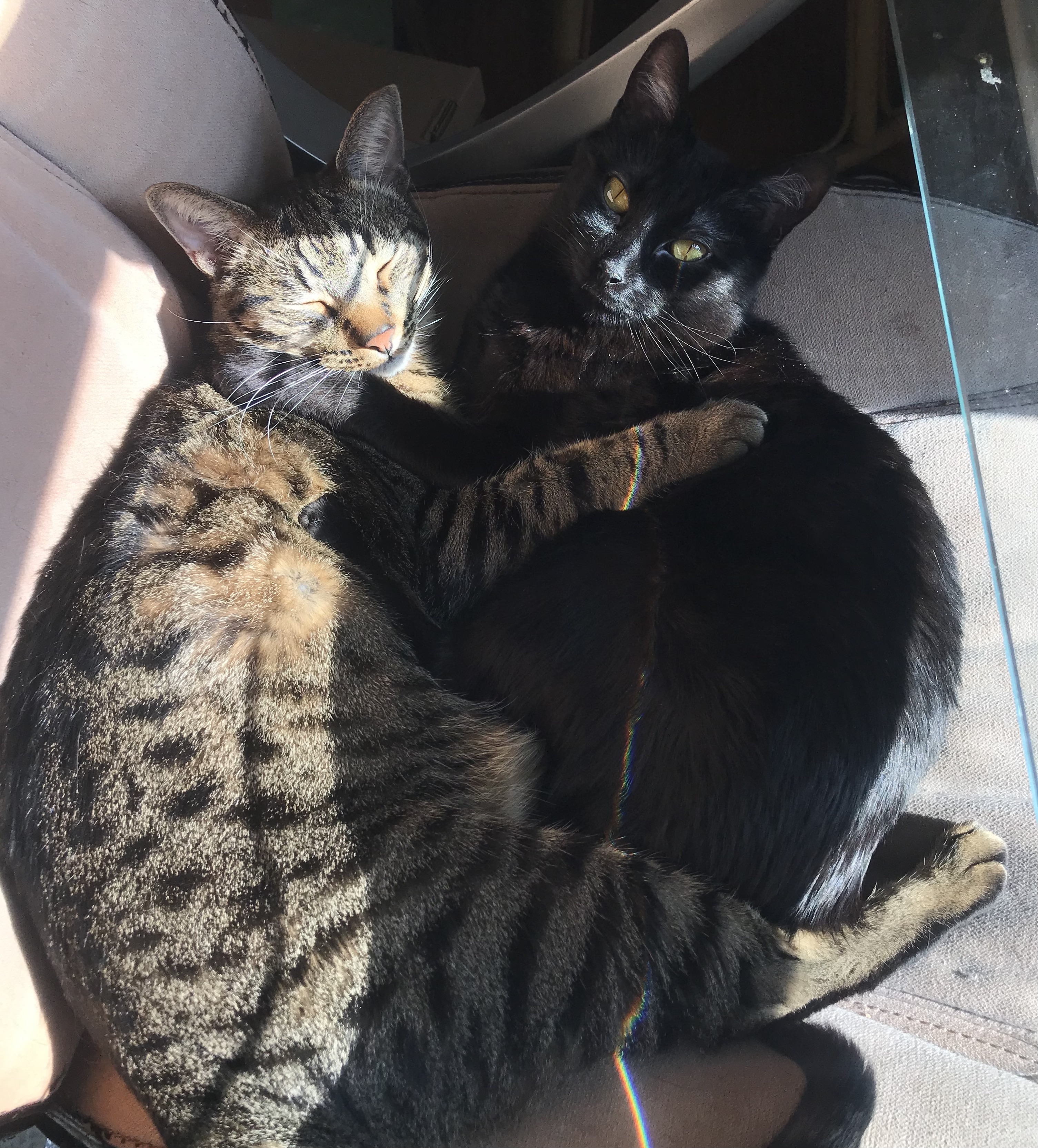
Low-Waste Pet Care
People all over the world have had pets for centuries bringing them happiness and stress-relief. I personally have two furry cat children named Groot and Nebula, and they truly are a part of my family. I have also had two dogs named Tucker and Meeko, a hamster named Bobo, and a fish named Finley. That being said, I have seen a lot of waste created depending on the type of pet you have, but there are a lot of ways to be more conscious when it comes to supplies and managing waste.
You can incorporate low-waste habits into your pet care routine no matter if you are a first time pet owner, or have had pets your whole life. Try slowly making some of these changes over the year, and keep doing whatever sticks! Most of these ideas will probably be pretty obvious to you, and I think you will be surprised at how easy it is to make some of these changes. As always, I would love to hear your own tips and tricks down in the comment section!
Adopt, don’t shop
After volunteering at an animal shelter for a while, I really became aware of the number of animals in shelters that are living lives that are on the edge of humane. By choosing to adopt you are saving innocent animals from being euthanized by freeing up more room in the shelter. You also ensure that you are not supporting puppy mills, or other inhumane breeding practices. All-in-all, you get to save a creature from an otherwise bad situation, and make a new best friend in the process.
You can adopts animals of any species and age, and many places allow you to meet the animal before you commit to adopting an animal. Be sure to do your research, and make the best decision for you.
Choose second-hand first
I talk about choosing second-hand first a lot, and that’s because it usually is the best choice in most cases in terms of sustainability and affordability. Plus, what’s more fun than finding treasures that you new family member can enjoy! Easy to find secondhand items are: collars, food bowls, a litter box, toys and especially cat trees. We did this for our cats, and still have almost everything to this day!
I highly recommend joining your local Buy Nothing group. You can find these groups on facebook by searching “[your city] buy nothing group” in the search bar. The Nextdoor app and Facebook marketplace also will most likely have some great options for all types of animals!

Handling pet waste
Cats:
Do not flush or compost cat waste or litter. Cat waste can contain an incredibly toxic parasite called Toxoplasma, which spreads to the water system when flushed. When cat waste and/or litter is composted, the Toxoplasma can spread into the soil and groundwater. While the risk of your cat catching Toxoplasmosis is higher in outdoor cats, indoor cats still can catch it! This is why it is important to be safe no matter what and reduce the spread of this parasite, which affects both cat and human health.
Using a plant-based litter that is compostable is the best option that I have found for cats. My favorite brand, and the only litter we have ever found to eliminate odor, is Okocat. They use waste lumber to create their litter, and the box it comes in has no plastic anywhere on the box.
Save your plastic bags, bread bags, snack bags, etc to use to clean your litter box. One way to cut down on the number of bags you need is to find a Litter or Diaper Genie (secondhand if possible)! These are basically like a sealed garbage can that you can fill throughout the week vs using a new plastic bag every day when you clean the litter box.
Dogs:
Pet waste can be safely composted at home, as long as you are not using this compost for anything consumed by humans. Some cities even have pet waste composting services available! While these will most likely have a fee for proper composting, if that is something accessible to you I really think it is a great thing to support. There are options so far in OR, WA, CO, MD, NC, DC, and VA based on what I found online.
Biodegradable dog poo bags are also inherently more sustainable because they will not release plastics in the environment if/when they break down. If you have the space, you can keep something like a Litter Genie or sealed garbage bin outside to collect waste throughout the week compared to using a new bag each time.
Other animals:
The best thing that you can do is choose products with an eco-concious viewpoint. For example, purchase plant-based materials for bedding and habitat use, and choose products that come in fully recyclable containers.
DIY for your pets
Make your own toys and treats. There are SO many recipes and video tutorials out there, and most recipes tend to use common kitchen staples. If you want to switch your animal to a completely homemade diet, please seek veterinary consultation before doing so. My cats are obsessed with pureed pumpkin and lettuce, so those are easy and healthy treats to give to our furry children throughout the day. Something I used to make for my dogs was peanut butter muffins, which they LOVED!
You can also make your own pet toys, from catnip stuffed toys and scratching posts for cats to treat mazes and rope toys for dogs. The options are honestly endless, and I highly suggest Pinterest for some amazing ideas.
Green pet products
Reusable Lint Cleaner for pet hair – GAME CHANGER!
Catnip plant that you can grow indoors for your cat to enjoy fresh, or you can dry the herbs
Purrfectplay‘s natural and sustainable pet toys
Vegan and palm oil free dog shampoo
The Litterbot is an automatic litter box. You don’t have to clean it, and you just change the bag every 4ish days!
What are some products or companies that you support and use for low-waste pet care? Any favorite treat recipes or DIY projects? I would love to be able to try some new things, and update this resource!
